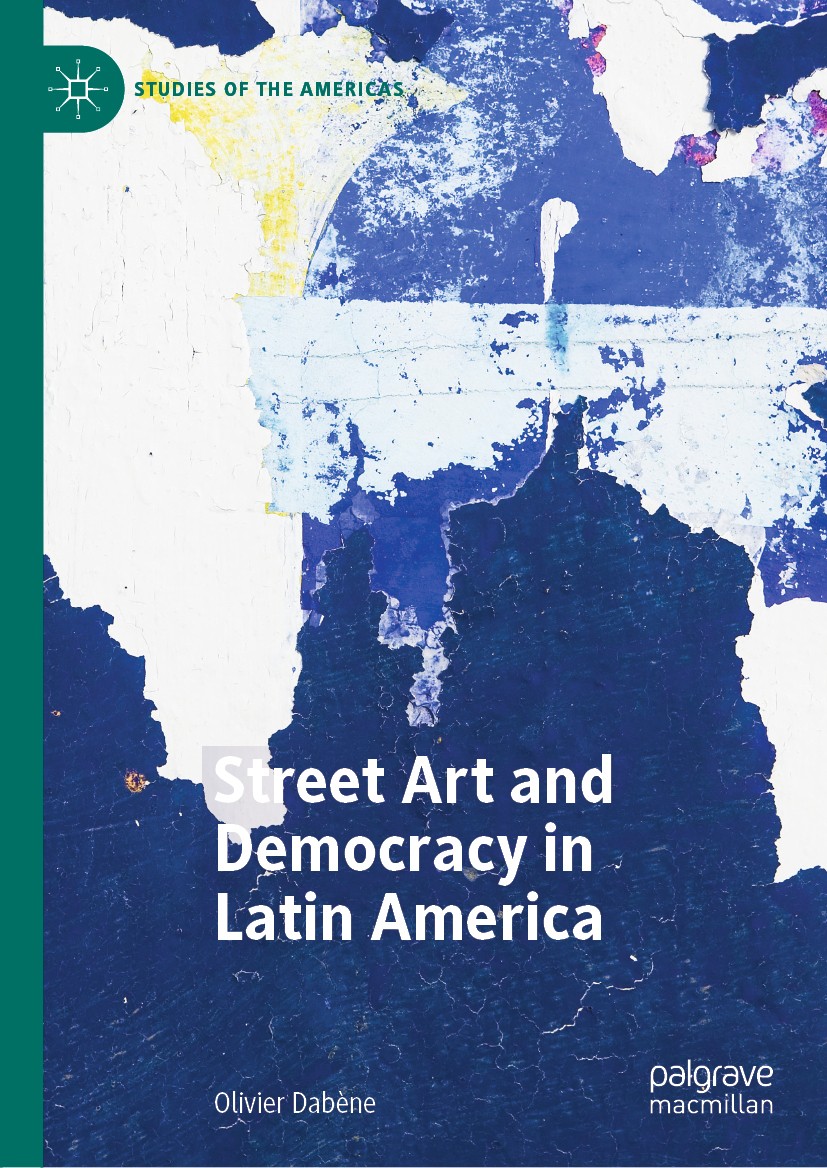| 书目名称 | Street Art and Democracy in Latin America | | 编辑 | Olivier Dabène | | 视频video | http://file.papertrans.cn/880/879490/879490.mp4 | | 概述 | Studies the articulation/interactions between the appropriation of public space and (various forms of) collaborative governance.Satisfies the need to understand the proliferation of public space invas | | 丛书名称 | Studies of the Americas | | 图书封面 |  | | 描述 | This book explores street art’s contributions to democracy in Latin America through a comparative study of five cities: Bogota (Colombia), São Paulo (Brazil), Valparaiso (Chile), Oaxaca (Mexico) and Havana (Cuba). The author argues that when artists invade public space for the sake of disseminating rage, claims or statements, they behave as urban citizens who try to raise public awareness, nurture public debates and hold authorities accountable. Street art also reveals how public space is governed. When local authorities try to contain, regulate or repress public space invasions, they can achieve their goals democratically if they dialogue with the artists and try to reach a consensus inspired by a conception of the city as a commons. Under specific conditions, the book argues, street level democracy and collaborative governance can overlap, prompting a democratization of democracy. | | 出版日期 | Book 2020 | | 关键词 | democracy; street art; Latin America; collaborative governance; urban citizenship; deliberative democracy | | 版次 | 1 | | doi | https://doi.org/10.1007/978-3-030-26913-5 | | isbn_softcover | 978-3-030-26915-9 | | isbn_ebook | 978-3-030-26913-5 | | copyright | The Editor(s) (if applicable) and The Author(s), under exclusive license to Springer Nature Switzerl |
The information of publication is updating

|
|
 |Archiver|手机版|小黑屋|
派博传思国际
( 京公网安备110108008328)
GMT+8, 2025-12-17 13:03
|Archiver|手机版|小黑屋|
派博传思国际
( 京公网安备110108008328)
GMT+8, 2025-12-17 13:03


